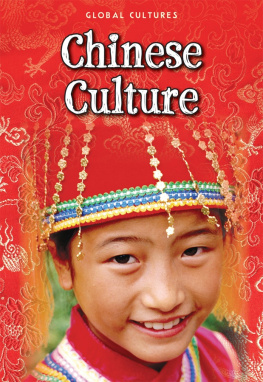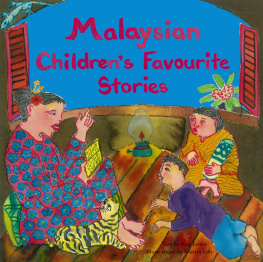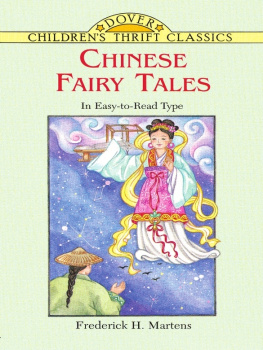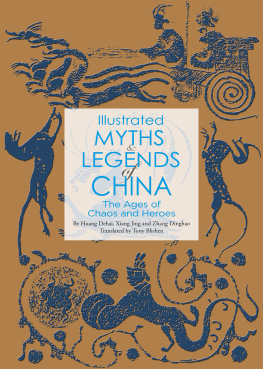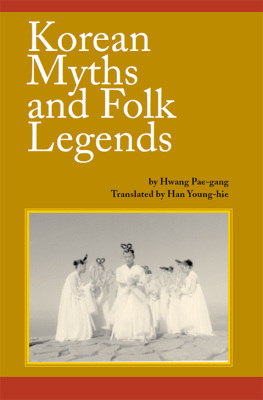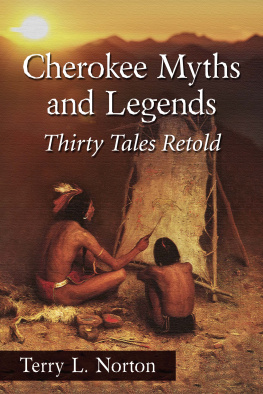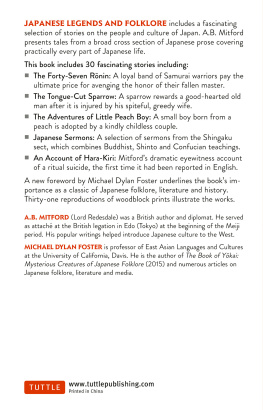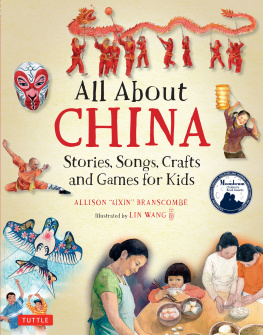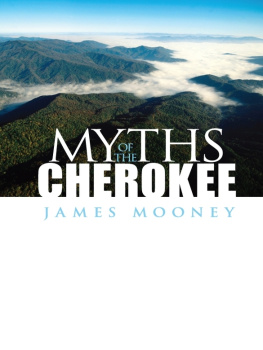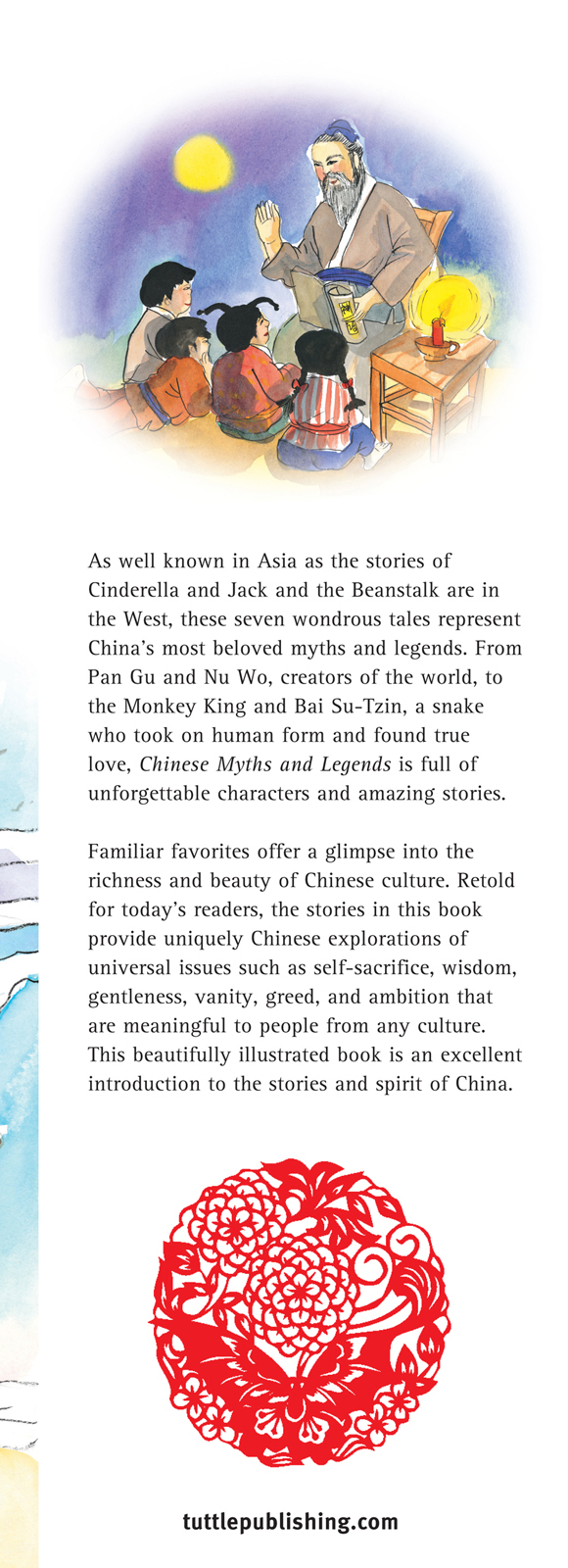
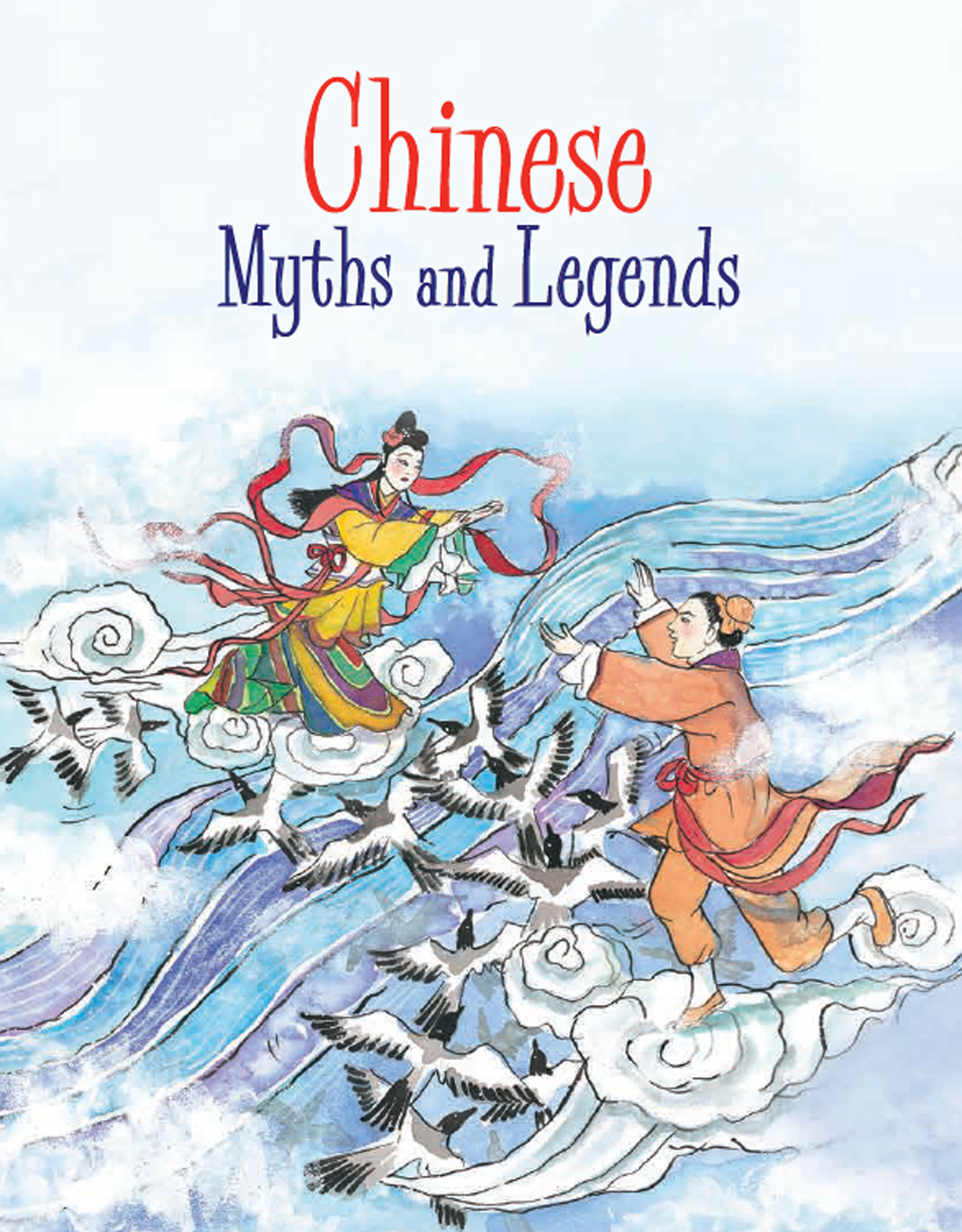
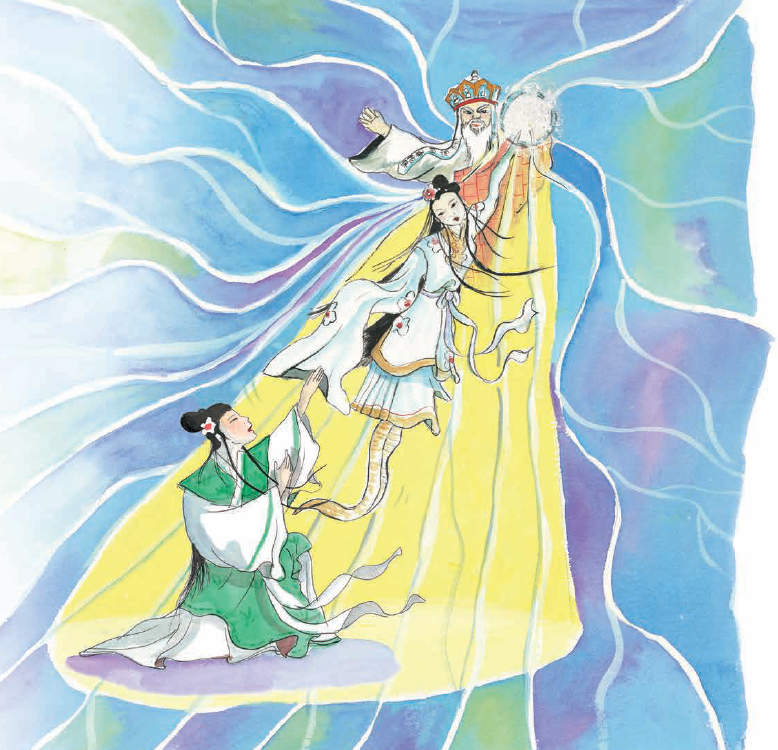
Chinese
Myths and Legends
The Monkey King and Other Adventures

retold by Shelley Fu
illustrations by Patrick Yee
Chinese calligraphy by Dr. Sherwin Fu

Preface
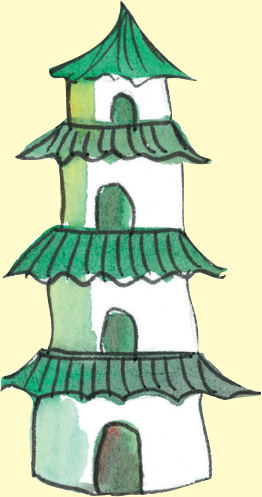
The stories in this book were derived from many sources. The written texts that have survived are often very sketchy and sometimes present different interpretations and plots. To fill in gaps in the written versions and resolve discrepancies, I have used discretion in adding to or simplifying and interpreting these tales in my own way in order to make them as interesting as possible. In the same spirit, I have made minor modifications to the tales to make them consistent with each other. These modifications include the addition of dialogue, and, in some cases, episodes and references to characters that are introduced in other stories.
This book includes a historical introduction that discusses Chinese history, politics, and religion and how these forces affected classic Chinese stories. This introduction also provides background that will help the reader better understand the stories presented. It is followed by stories of three kinds: tales of creation, morality tales, and tales of love. The creation tales present ancient Chinese beliefs regarding the origins and characteristics of the world. These stories also introduce Chinese religious and ethical beliefs. The morality tales further explore the Chinese religious and ethical ideology. The love tales encompass many of the themes introduced in the first two types of stories. The story notes in the back of this book contain a proverb for each story from Chinese literature appropriate to the theme of the story, followed by notes that explain and interpret the story. Also included are a list of characters, a further reading and multimedia resources guide, and a pronunciation guide.
I have tried to present the stories in this book as I remembered them from my childhood and to preserve the essence of the tales. This collection includes some of the most beloved and famous of the Chinese stories. They are as well known to the Chinese as, for example, the most famous Grimm fairy tales are to Westerners. This book is not meant to be an academic exploration of Chinese literature and classic Chinese tales but rather to entertain and enlighten the reader.
The stories in this book were derived from many sources, including my memory and imagination. However, the sources below were a great help and deserve to be cited:
Anonymous. Nu Wo Mends the Sky. Chinese edition. Hong Kong: Seagull Publishing Company, Undated.
Chang, Richard F. Chinese Mythical Stories. Chinese edition. Urbana, IL: University of Illinois, 1980.
ChengEn, Wu. Monkey. Translated by Arthur Waley. New York: Grove Press Inc., 1958.
Fei, Xu. Lady White. Translated by Xu Guo-Hua. ChineseEnglish edition. Hong Kong: Hai Feng Publishing Company, 1985.
Historical Introduction
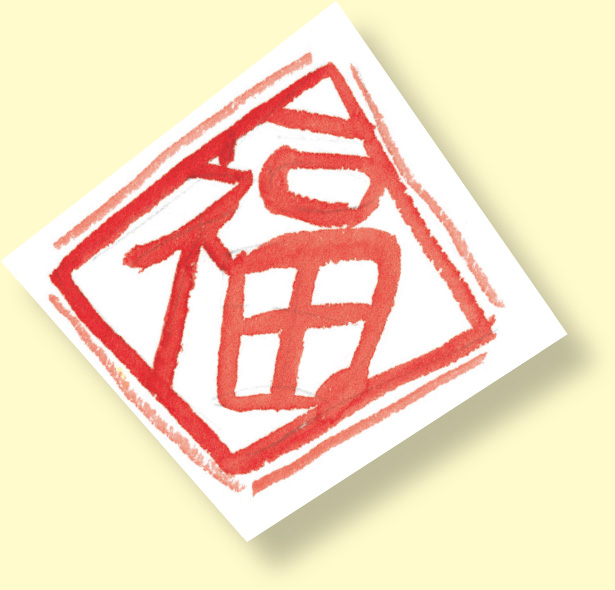
The origins of Chinese folk tales include history, songs, theater, and the oral tradition of storytelling. Undoubtedly, storytelling was the earliest way these stories were handed down from generation to generation. They were sometimes translated into songs and vice versa. By about 1100 BC, many stories we now think of as folk tales were common in historical accounts. These stories explained the origins of natural phenomena and documented the lives and deeds of semi-legendary figures and were believed to be true. They were written in a very factual style in order to record what was thought of as scientific or historical information and often consisted only of outlines.
During the Han Dynasty (206 BC to AD 220), literature flourished as the great masters of the era used the refined language of the court to record popular folk tales and songs. During this period, most Chinese literary works were written in wen yen wen, or the classical Chinese language. The combination of refined language with lively folk elements resulted in some of the finest early examples of Chinese literature. However, by the beginning of the Tang Dynasty (AD 618 to 907), the early creativeness of the Han Dynasty degenerated into a highly stylized and excessively ornate type of literature.
It was during the Tang Dynasty that the first real fiction appeared, with short stories that had riveting plots and highly developed characters. These stories dealt with virtue, social satire, religion, and love and influenced later drama and fiction. Superstitions documented in the earlier historical accounts were thus elevated into the realm of imaginative literature. The stories were written in the elegant wen yen wen.
By the Sung Dynasty (AD 960 to 1279), some writers, feeling constrained by the formality of wen yen wen, rewrote the earlier historical accounts and recorded folk tales using the common language of China, called bai hua. These stories were very popular but were not respected as real literature. However, they are often much more colorful and poetic than the writings of the respected classical writers.
It was also during the Sung Dynasty that the tradition of storytelling underwent a glorious renaissance. This rebirth was the result of the rising importance of a new middle class in China. Before then, Chinese society consisted of five broad social classes. In decreasing order of importance, these classes consisted of aristocrats, scholars, peasants, artisans, and merchants. All this changed when previously despised merchants and artisans began making a lot of money from trading their goods with other cities and countries.
As a result, teahouses became very popular, especially with merchants and other lower middle-class people seeking entertainment with their newfound leisure and money. These teahouses were delightful resting places after a hard days work, and they served tea and simple refreshments such as peanuts and other snacks. As more teahouses opened up, competition became fierce.
The more successful teahouse owners hired professional storytellers to entertain their guests for free. Because the customers arrived at different times, the storyteller would tell jokes and anecdotes until the teahouse audience was large enough and then begin his tale. His performance often included singing, poetry recital, and acting.
This trend not only spread and proliferated Chinese folk tales, it also affected their content. New stories were told that included merchants or other lower-middle class heroes that appealed to the teahouse audiences. No longer were heroes of stories noble figures who had very few shortcomings. They were often ordinary and very human. Many of these stories tell of common men who struggle to win beautiful princesses in marriage and high stations in life.
Next page



